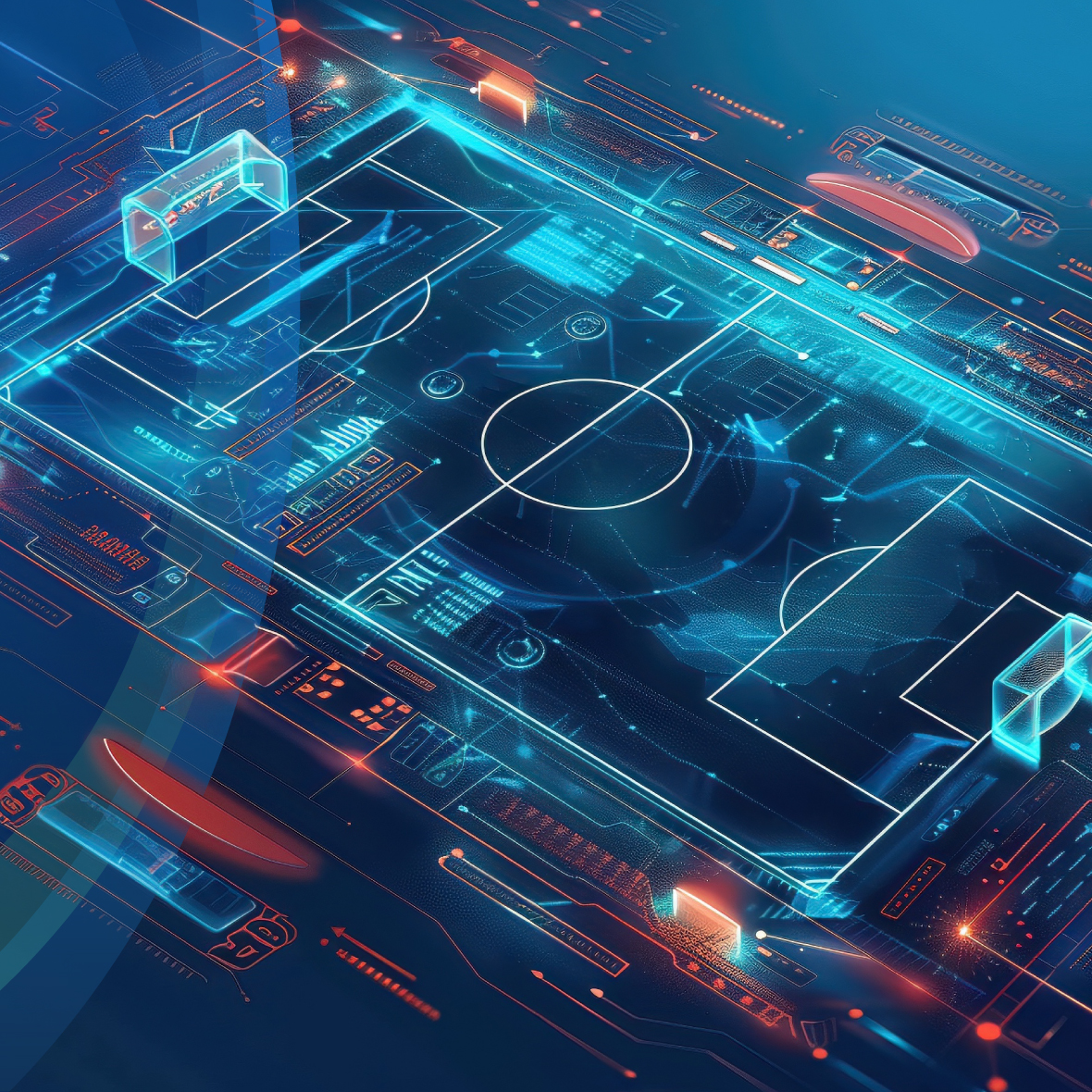Why Next-Generation AIOps is a Game Changer for Managing IT Complexity
There is immense pressure on IT. Now more than ever, IT teams bear the brunt of the seismic shift in how people live and work.
Delivering service quality while driving innovation is imperative. Yet, IT teams are continually fighting outage fires, managing day-to-day events, updating legacy systems, and navigating IT complexity – while trying to innovate.
AIOps and cloud computing sought to address these challenges. The cloud fundamentally shifted how technology resources are provisioned, managed, and utilized – freeing IT teams from the routine chores and lending powerful visibility into system health. Meanwhile, AIOps promised to alleviate the burden on IT operators by automating IT operations.
Yet, many problems still exist. And they demand next-generation AIOps solutions to fix them.
The Trouble with the Cloud and Current AIOps Practices
Although the shift from on-premises to cloud infrastructure was a pivotal moment in IT, the cloud’s capacity has created its own challenges.
Consider the intricate web of interconnected devices, networks, and data repositories that comprise modern IT ecosystems. These complex, multifaceted architectures have expanded exponentially in scale and complexity.
Another key challenge is data volume and velocity. The use of cloud services dramatically increases the amount of data teams can process. However, the complexity, velocity, and volume of this data has surpassed the ability of humans alone to manage it.
The innovations that shape our digital experiences depend on the robustness and agility of these IT infrastructures and the capability of IT operations to scale swiftly and evolve intelligently.
AIOps sought to address these challenges. Unfortunately, IT teams still struggle with inflexible AIOps solutions, a lack of true automation, complex analysis, AI insights that are not user-friendly, and tool sprawl that keeps them from delivering on these goals.
Going Beyond the AIOps Status Quo with Autonomic IT
To adapt to the fast-paced digital landscape, support new technologies, meet SLAs, and exit the perpetual cycle of reactive fire-fighting, IT teams need an approach that goes beyond current AIOps and semi-autonomous market offerings – they need Autonomic IT.
Autonomic IT realizes the vision of machine-driven, automated IT that is self-aware and self-healing. One that intelligently guides and advises humans on how to maintain the most optimized and efficient IT estate possible.
With the ScienceLogic AI Platform and Skylar AI’s suite of advanced AI capabilities, organizations can leverage true automation to:
- Broaden business visibility: Simplify IT complexity with complete observability from edge to cloud and human-friendly AI insights.
- Boost IT productivity and business agility: Eliminate tool sprawl, automate workflows, and free up engineering teams to drive innovation.
- Resolve issues faster: Proactively identify issues to improve business uptime, accelerate
- operations, and make customers happier.
- Empower the business: Free up teams to focus on driving continuous improvement and propelling the business forward.
How ScienceLogic is Enabling the Journey to Autonomic IT
Autonomic IT doesn’t just happen, it’s a journey that happens at a pace and scale that aligns with business objectives.
The journey towards Autonomic IT can be understood through the Autonomic IT Maturity Model, which consists of the following phases:
Phase 1: It starts with moving away from siloed IT. In this phase, IT monitoring and management programs are highly manual and tool-intensive and focus more on issue resolution than ITOps improvement.
Phase 2: Here, organizations are consolidating monitoring tools onto core platforms for better visibility across their entire IT environment. For faster issue resolution, they are using AI/ML to transition from device-level monitoring to a holistic service view. However, they still heavily rely on manual collaboration for problem-solving.
Most organizations stop here. Yet more must be done to reach a mature Autonomic IT practice.
Phase 3: With ScienceLogic driving the autonomous enterprise into the next phase, organizations are automating data movement for decision-making, work execution, and improved operations. They also use automated service notifications and incident management to improve visibility, reporting, and efficiency. Additionally, they are enriching tickets with cross-departmental data for holistic fault analysis and resolution.
Phase 4: Now, IT has entered an AI-advised state. The team is automating incident identification with the guidance of unsupervised AI, enabling autonomous remediation actions.
Phase 5: Building on the previous phases, this phase is characterized by a stable, well-defined Autonomic IT system, one that is integrated with existing ITSM and CMDB tools and is easily customized to include new automated service workflows. It is self-healing and self-optimizing, with exceptional efficiency, cost savings, and customer experiences.
Ready to Progress on Your Autonomic IT Journey?
Whether you’re starting or advancing your Autonomic IT journey, ScienceLogic will take it to the next level.
Learn more about how the ScienceLogic AI Platform and Skylar AI makes the next generation of AIOps possible.
 See ScienceLogic in actionTake a Tour
See ScienceLogic in actionTake a Tour Take Skylar One for a SpinStart Your Test Drive
Take Skylar One for a SpinStart Your Test Drive The Gartner® Magic Quadrant™ for Observability PlatformsRead the Report
The Gartner® Magic Quadrant™ for Observability PlatformsRead the Report The Forrester Wave™: AIOps Platforms, Q2 2025Access the Report
The Forrester Wave™: AIOps Platforms, Q2 2025Access the Report Future-Ready IT: Secure Migration, Faster Value, and Smarter OperationsWatch Now
Future-Ready IT: Secure Migration, Faster Value, and Smarter OperationsWatch Now
